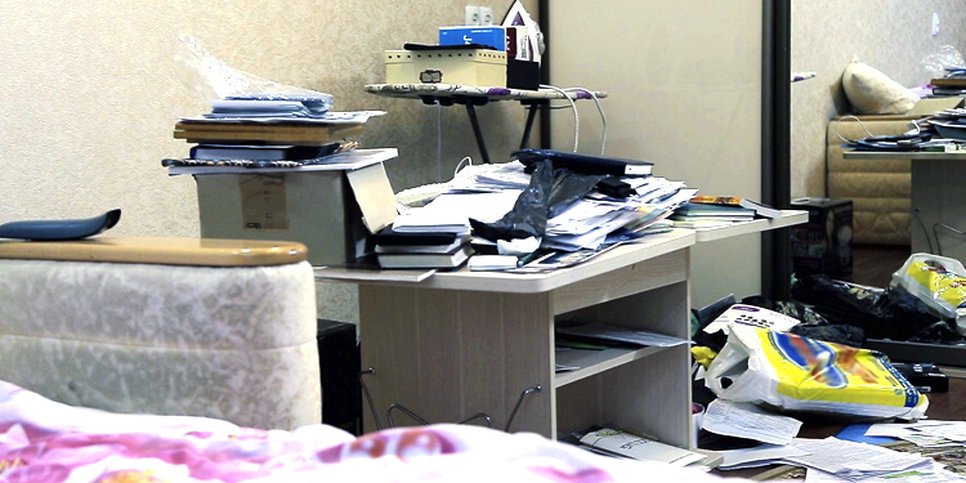Illustrative photo
Illustrative photo
A Special Operation Against Jehovah's Witnesses Is Being Carried out in the Town of Nazarovo, Krasnoyarsk Region
Krasnoyarsk TerritoryIn the morning of June 18, 2020, security forces came with searches in houses of peaceful law-abiding believers. Preliminary reports indicate that 15 families have been searched. The news is being supplemented.
It is noteworthy that Jehovah's Witnesses living in Nazarovo have been practicing their religion for several generations: 70 years ago, families of believers were forcibly exiled. An interesting piece of evidence contains a published and publicly available archival document - a memorandum to the Council on Religious Affairs dated August 5, 1976. The document stated, among other things: "The Jehovahists' grouping [Jehovah's Witnesses] in the city of Nazarovo was formed in 1951 ... Currently, it unites more than 107 people. ... Persons under the age of 40 account for 55.2%. [...] The Jehovah's Association in Nazarovo is a deeply conspiratorial Jehovah's Witnesses underground, working to attract new individuals to the sect and leading Jehovah's Witnesses groups in the Krasnoyarsk Territory. [...] The Executive Committee of the City Council, which monitors compliance with the legislation on religious cults, was to work to stop the organized activities of this grouping, compromise the leaders and create public opinion around them, to separate ordinary believers from their influence, and also to carry out extensive propaganda of Soviet legislation on religious cults" (Quoted from: Odintsov M. I. The Council of Ministers of the USSR decides: "Evict forever". Moscow, 2002, pp. 123-124). All believers who were persecuted during the Soviet period were later recognized as victims of political repression and rehabilitated.

